A partial solar eclipse will be visible in Erie on Saturday. Here's what to expect
The mega-hyped total solar eclipse arriving April 8 is a once-in-a-lifetime event expected to plunge Erie into daytime darkness, and it could bring hundreds of thousands of visitors to the region.
But that’s not the only cool astronomical event coming to northwestern Pennsylvania.
On Saturday, a partial blockage of the sun, known as an annular solar eclipse, will be visible in the area.
During the annular eclipse, about 30% of the sun will be blocked by the moon, according to Patrick Saunders, a meteorologist with the National Weather Service’s Cleveland office.
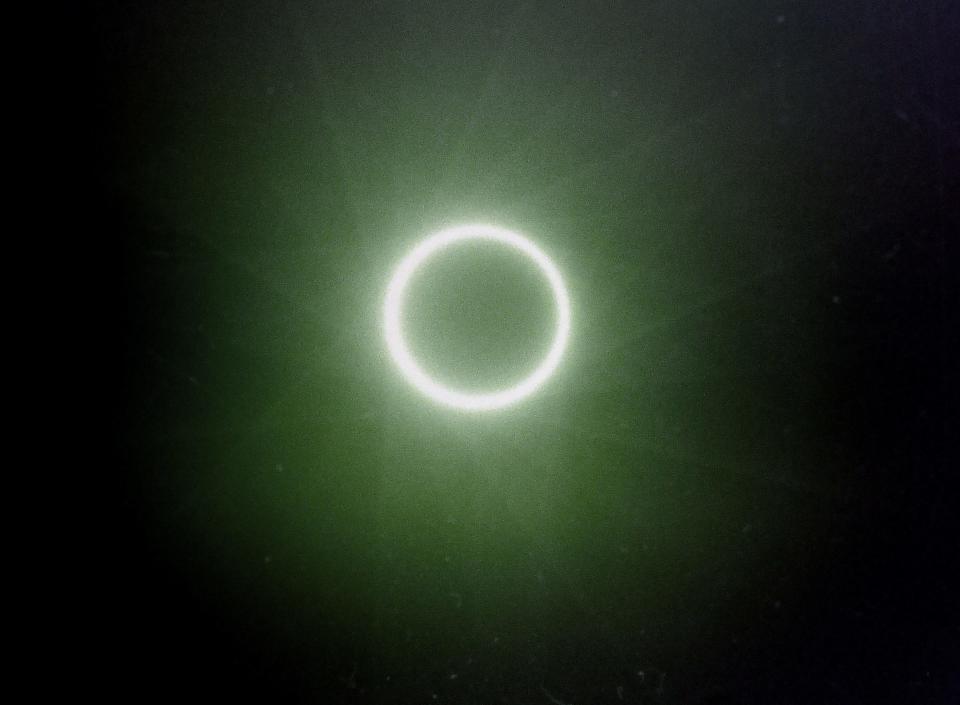
It will start shortly before noon Saturday, and will end around 2:30 p.m., Saunders said. The eclipse will be visible throughout much of North America.
According to NASA, the annular solar eclipse will cross North America, passing over Mexico, the United States and Canada.
More: 'Ring of fire' eclipse visible to the US in October. How to view the Annular Solar event.
Jim Gavio, director of the Yahn Planetarium at Penn State-Behrend, said the best time to view the annular eclipse will be about 1:10 p.m.
“The sun will not be totally covered up, but it will look like a bite has been taken out of it,” Gavio said. “If you can’t get outside exactly at 1:10 a.m. it’s not a big deal. It will be a slow process, going from about 12 noon and lasting about 2½ hours.”
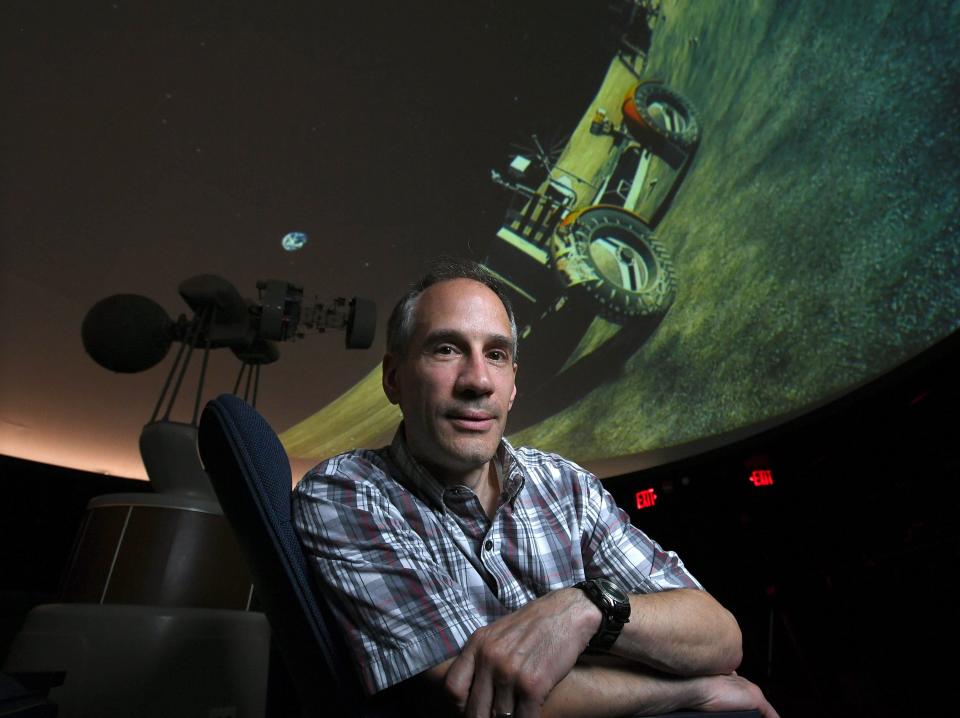
People are advised not to look directly at the sun during the eclipse to avoid eye damage. Gavio said special solar eclipse glasses, which meet specific safety standards, are recommended and available online.
Outside the Yahn Planetarium on Saturday, “telescopes with special filters on them” will be set up so members of the public can get an up-close look at the eclipse at no cost, Gavio said.
Prior to that, the planetarium will host a show entitled "Totality" at 11:30 a.m. Recommended for ages 9 and up, the presentation explains how eclipses happen, how to safely view one and provides other details.
The planetarium on Saturday will also host "The Great Planet Adventures!" at 10 a.m., a presentation that features images of off-world experiences such as zip-lining on Mercury and snowmobiling on Pluto. It is recommended for ages 7 and up.
Admission fees for planetarium shows are $5 for adults and $3 for children 12 and under. There is no admission charge for Penn State employees, Penn State students, and children under 2 years old.
Free eclipse glasses are also being distributed to anyone who attends a show at the planetarium between now and Saturday.
John Oliver is CEO of VisitErie, the region's tourism promotion agency. He said the agency is not planning special events for Saturday's annular eclipse "and we're not aware of others planning any special thing they're going to do for this.
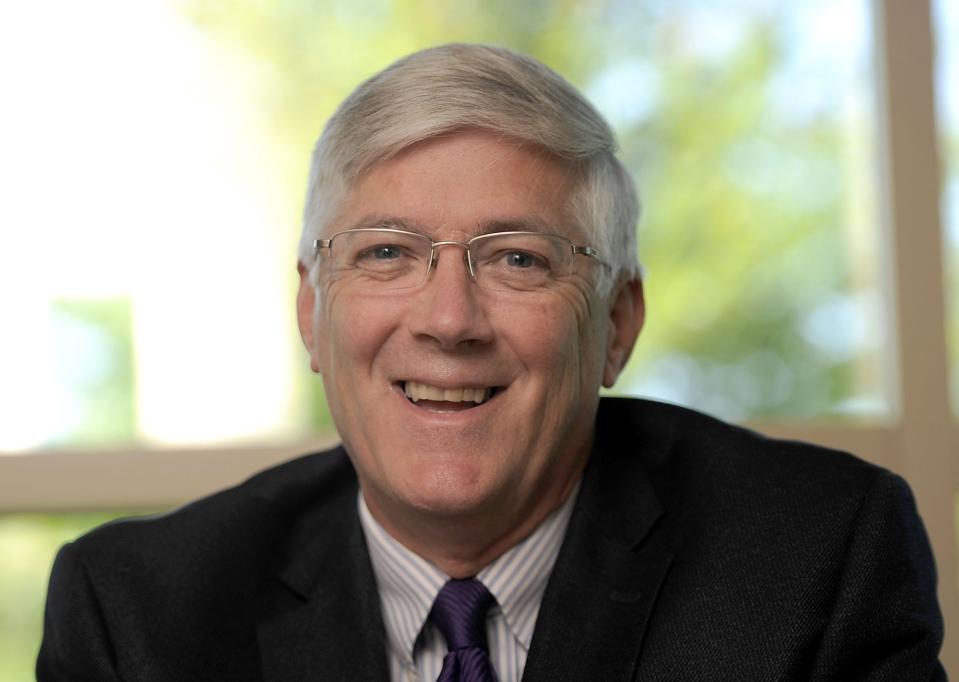
"Our focus is on the eclipse on April 8, which will see the sun totally blocked out," Oliver said. "That's the one we believe will draw the largest amount of interest."
More information on Saturday's event, including an eclipse simulator, is available here.
'Trial run' for April 8 total eclipse
Gavio said he and many others are considering Saturday’s annular eclipse a trial run for the April 8 total solar eclipse, when Erie is expected to be among North America's prime vantage points in terms of viewing the event.
During that eclipse, the moon will pass between the sun and the Earth, completely blocking the face of the sun and plunging the area into darkness.
Looking ahead: Total solar eclipse in April 2024 could end up Erie County's biggest one-day tourism event
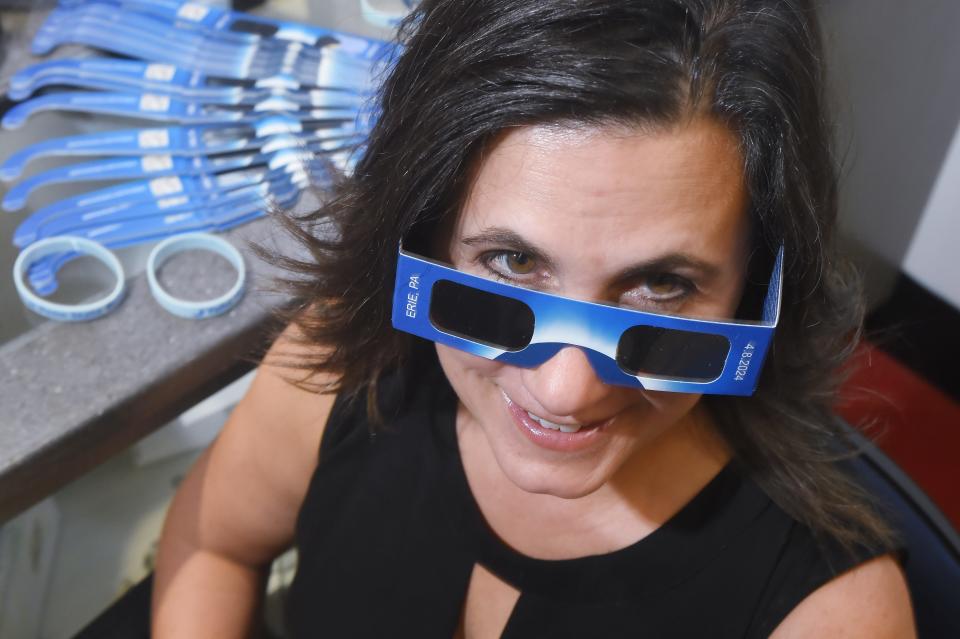
“It’s an opportunity for informing the public and explaining about this partial eclipse, and also explaining how and why April 8 will be even better,” Gavio said.
Weather permitting, a partial solar eclipse should be visible to virtually everyone in North America on April 8, according to the American Astronomical Society.
However, Erie is expected to be the only major city in Pennsylvania to be in what’s called the path of totality for that eclipse, defined as the shadow zone where the total eclipse can be seen.
That path is typically 10,000 miles long but only about 100 miles wide.
National personal finance news website MoneyTalksNews has listed Erie as one of the seven best places to watch the 2024 eclipse. Erie was also listed on Astronomy.com's list of 20 of the best places to view the 2024 total solar eclipse.
VisitErie expects up to 260,000 out-of-town visitors for the event.
The 2024 solar eclipse is expected to be visible in Erie for 3 minutes and 42 seconds. A total eclipse won’t be visible from the United States again until 2044, and there won’t be another visible from Erie until 2099, according to Gannon University.
Gavio traveled to Bowling Green, Kentucky, in August 2017 to view a total solar eclipse for the first time.
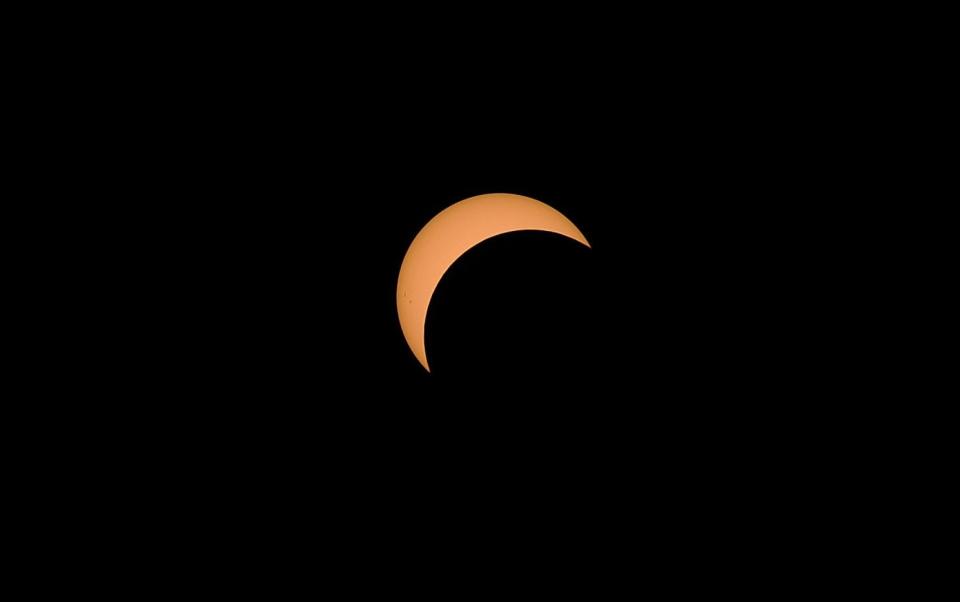
Bowling Green was in the path of totality for that eclipse, which was visible there for about 90 seconds.
"Spectacular': While Erie waits for the 2024 total solar eclipse, a look back at 1994's ring of fire
“The temperature dropped from 95 degrees to 75 degrees. It was just a unique event,” Gavio said.
Both on Saturday and on April 8, Gavio said, Erie-area residents “have an opportunity to experience natural phenomena that everyone doesn’t get to see in their backyard. It’s kind of mesmerizing.”
Contact Kevin Flowers at kflowers@timesnews.com. Follow him on Twitter at @ETNflowers.
This article originally appeared on Erie Times-News: Annular solar eclipse set for Saturday; here's what you'll see in Erie

